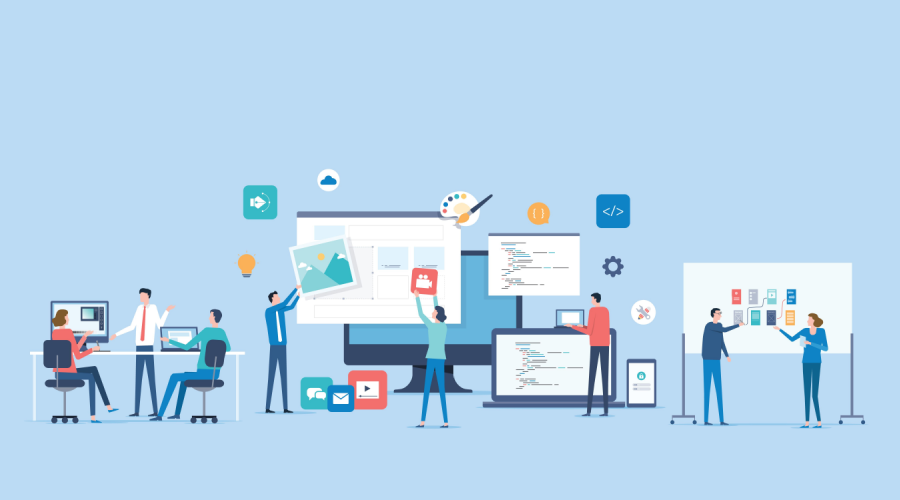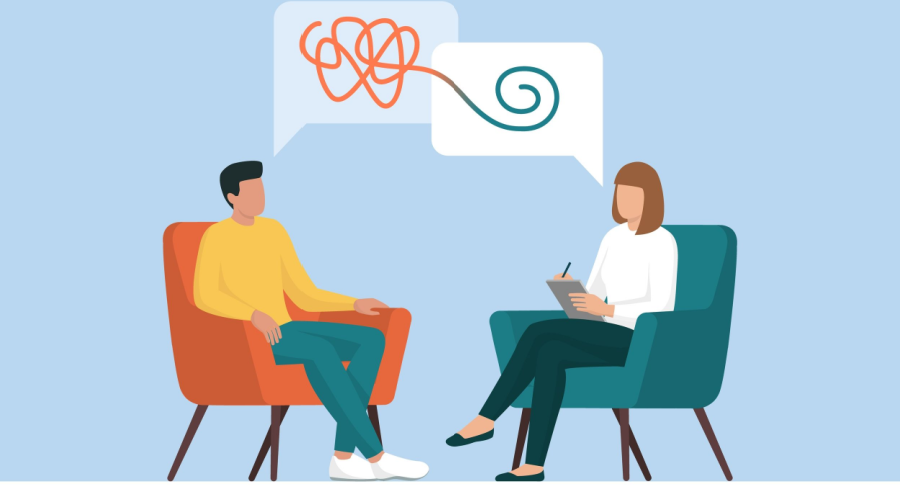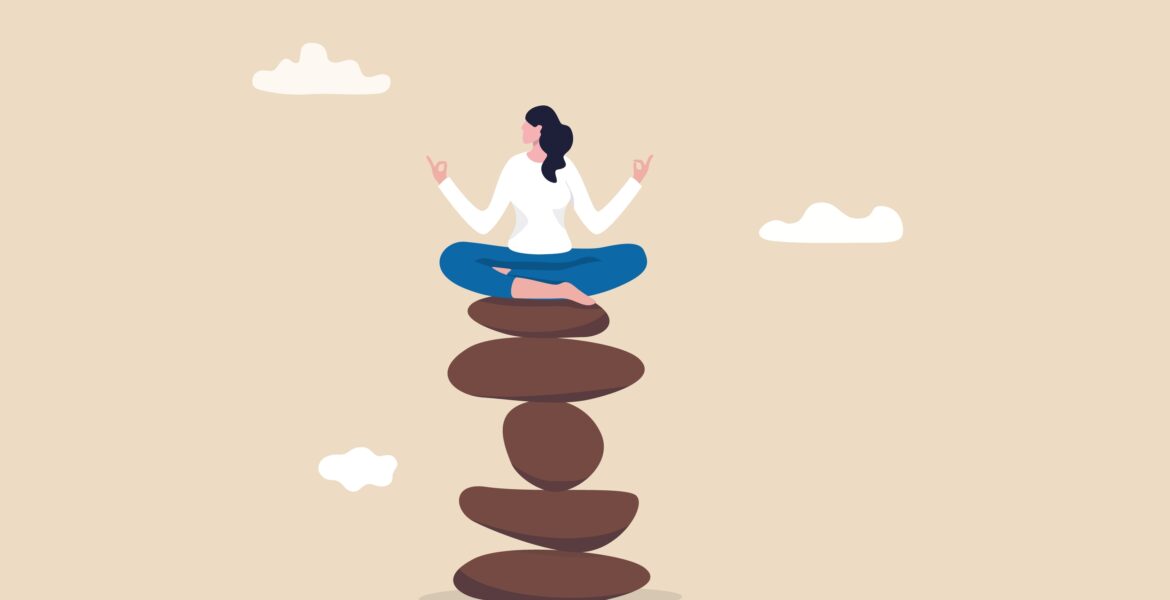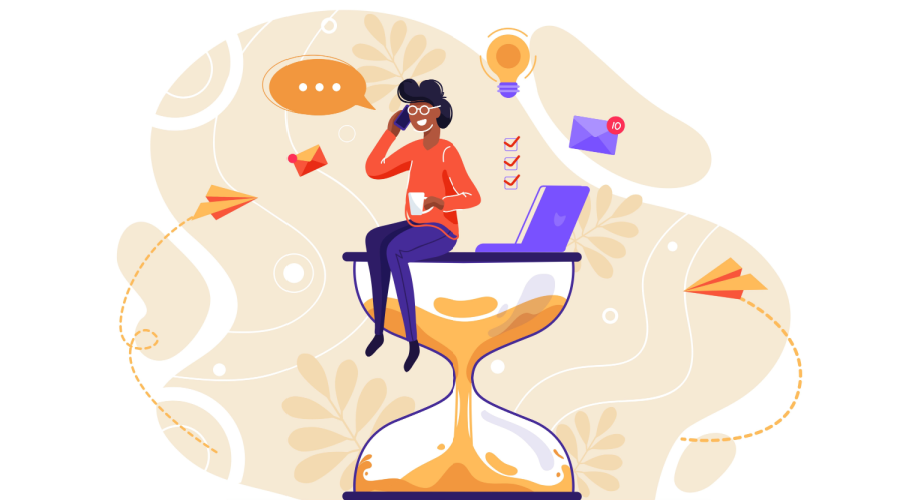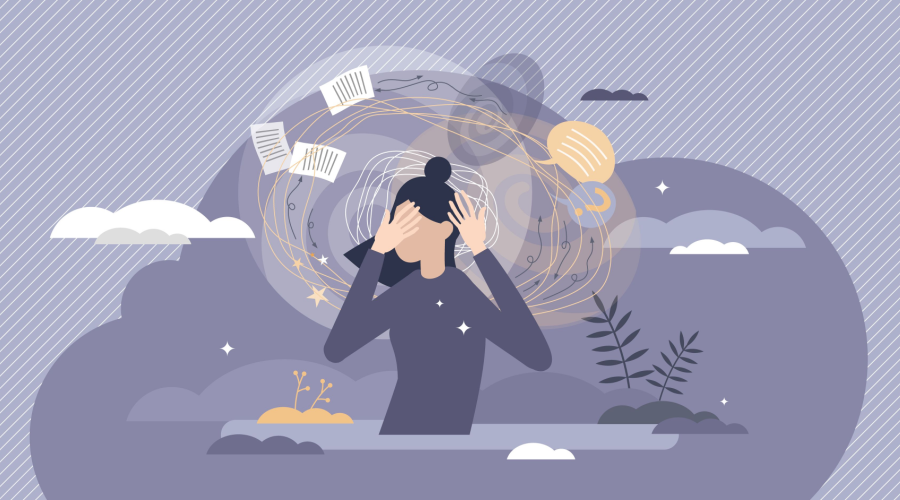1. What is a vision board, and why should you make one?
Do you have big dreams and goals that you want to achieve? If so, making a vision board is a great way to help you focus on what you want and act toward making your dreams a reality.
What is a vision board?
A vision board is simply a board on which you display pictures and words representing what you want to achieve. It is a way to visualize your dreams and goals.
Why make a vision board?
There are many benefits to making a vision board. It can help you focus on your goals, make them more concrete, and help you manifest your dreams. It can also be a fun and creative activity.
How to make a vision board

